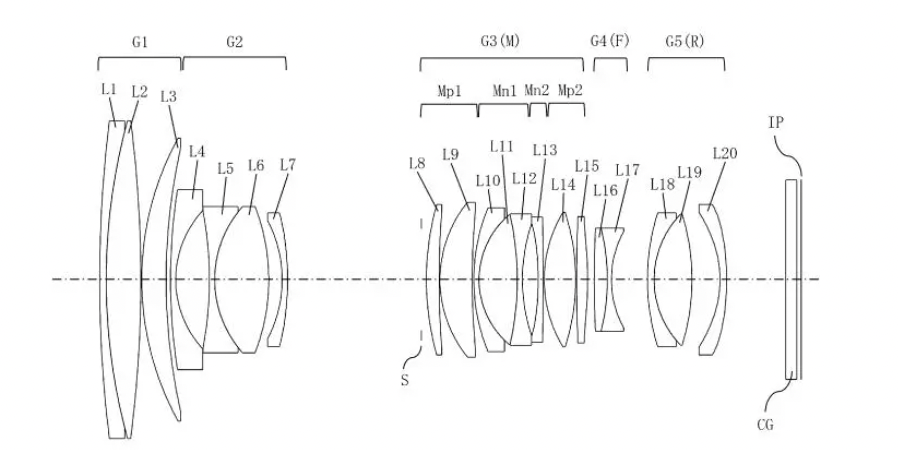Tamron continues to play with the boundaries of standard zoom lenses
Newly uncovered patents show Tamron is aiming to reinvent the standard zoom lens focal length (again)

There is no shortage of standard zoom lenses – though what constitutes the "standard" is being continually challenged by manufacturers, the latest of which is Tamron.
The best standard zoom lenses are ubiquitous, with almost every new camera in the last few decades coming with the option of an 18-55mm or 24-105mm kit lens. If that doesn't satisfy, then the go-to zoom lens upgrade for pro photographers for eons has been the trusty 24-70mm f/2.8.
In the last few years, lens makers keep messing with this formula, whether it is Sony announcing its latest standard zoom with a wider wide end, the Sony FE 20-70mm f/4 G, or Canon releasing the colossal bokeh beast that is the Canon RF 28-70mm f/2L USM.
Tamron, one of the most prolific third-party lens manufacturers, has decided to very much plant its flag in the ground of weird standard zoom lengths. Seemingly now just throwing darts at a board and seeing what it hits, it has recently made the unusual, but actually very impressive Tamron 28-75mm F/2.8 Di III VXD G2, Tamron 17-70mm F/2.8 Di III-A VC RXD and Tamron 35-150mm F/2-2.8 Di III VXD.
Things get even more complicated when you add in APS-C crop sensors that actually multiply all those focal length numbers by 1.5x (or 1.6x if you are a Canon shooter).
Now Asobinet has uncovered a new patent for a Tamron 28-100mm f/2.8 lens, which sounds like the natural evolution of the 28-75mm lens mentioned above. If a new 28-100mm lens can manage to keep roughly the same dimensions and weight as the 28-75mm and maintain its optical quality, then this could be a very very exciting lens for travel photographers and those who hate carrying multiple lenses.

New mechanics are only going to make new and interesting optical formulas more common. As technology improves electronic components are becoming smaller and smaller, with autofocus motors and the chips that drive them taking up less space in a lens. New manufacturing techniques and new materials also enable lenses to be thinner and lighter while actually being stronger and more durable.
Get the Digital Camera World Newsletter
The best camera deals, reviews, product advice, and unmissable photography news, direct to your inbox!
We cannot wait to see what other weird and wonderful lenses make their way to market soon!
You can check our guides for more on the best camera lenses, the best lenses for travel photography, and the best lenses for weddings and event photography.

Gareth is a photographer based in London, working as a freelance photographer and videographer for the past several years, having the privilege to shoot for some household names. With work focusing on fashion, portrait and lifestyle content creation, he has developed a range of skills covering everything from editorial shoots to social media videos. Outside of work, he has a personal passion for travel and nature photography, with a devotion to sustainability and environmental causes.
